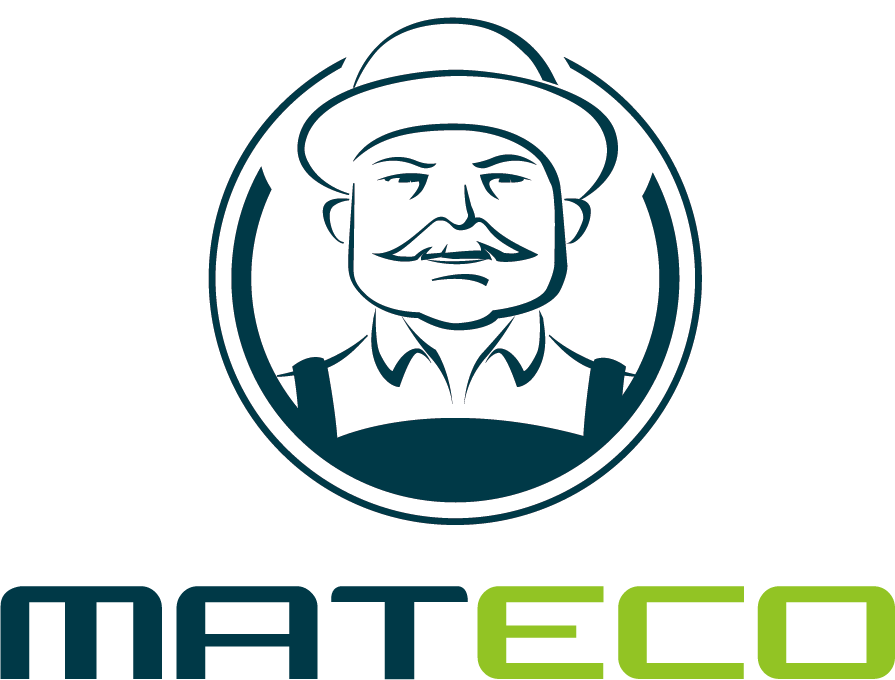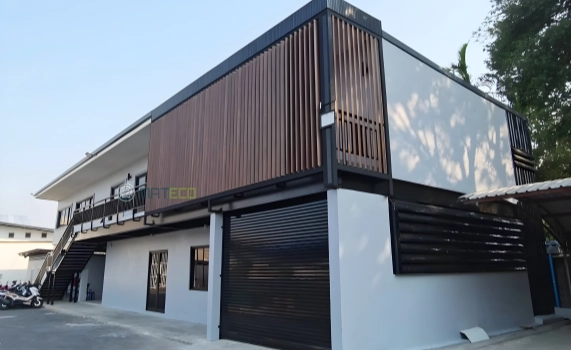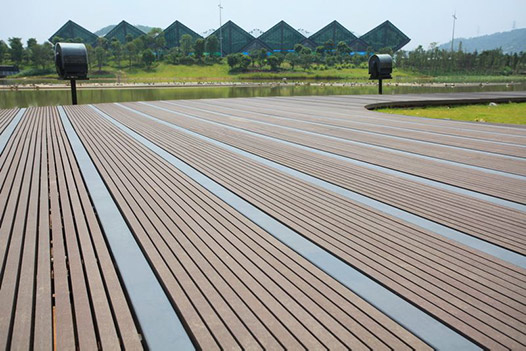Top 8 Advantages of Wall Cladding Over Tiles
Is wall panelling a good idea?
Yes!
1. The Cost-Effectiveness of WPC Cladding
2. Easy-to-Install WPC Cladding
3. Diverse Designs of WPC Cladding
4. The Long-Lasting Quality of WPC Cladding
5. WPC Cladding's Energy Efficiency
6. The Low Maintenance of WPC Cladding
7. Achieve a Flawless Finish with WPC Cladding
8. Green Living with WPC Cladding
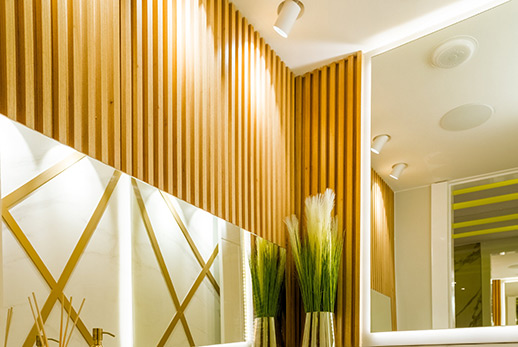
The Cost-Effectiveness of WPC Cladding
When considering wall treatments, budget often tops the list of considerations. WPC cladding is a standout for its cost-effectiveness. Unlike traditional tiles, which require a hefty sum for both materials and labor-intensive installation, WPC cladding is relatively inexpensive to produce and can be installed with minimal professional assistance. This not only reduces initial costs but also minimizes long-term expenses. WPC longevity means it doesn't need to be replaced as often as tiles, which may crack or become discolored, leading to additional costs over time.
Easy-to-Install WPC Cladding
One of the most daunting aspects of wall renovations is the installation process. Tiles demand a precise and time-consuming installation procedure. WPC cladding, on the other hand, boasts a user-friendly system that can often be installed quickly and without specialized tools or skills. This do-it-yourself friendliness not only simplifies the renovation process but also accelerates project timelines, allowing homeowners and contractors to move on to other tasks more rapidly.
Diverse Designs of WPC Cladding
Aesthetic flexibility is key in choosing a wall covering. WPC cladding offers an extensive portfolio of designs, from modern, sleek finishes to traditional wood grains. This design versatility allows for a high degree of personalization in home décor. Tiles can be limiting due to their static nature and the challenge of aligning patterns. WPC cladding's consistent quality across panels ensures a uniform look that can be adapted to any style, be it rustic charm or contemporary chic.
The Long-Lasting Quality of WPC Cladding
Durability is paramount when it comes to choosing a wall treatment. WPC cladding is engineered for longevity, resisting the elements that typically wear down tiles, such as moisture, heat, and physical impact. The composite material is less prone to the cracking and chipping that can plague ceramic and porcelain tiles, and it retains its color and finish for years, even under the stress of outdoor environments or high-traffic indoor areas.
WPC Cladding's Energy Efficiency
Wall treatments play a significant role in a building's thermal performance. WPC cladding provides superior insulation compared to tiles, contributing to a stable indoor temperature and potentially reducing the need for additional heating or cooling. This thermal efficiency can lead to significant energy savings over time. Additionally, the composite materials used in WPC cladding often include recycled components, enhancing the ecological benefits of choosing this material over traditional tiles.
The Low Maintenance of WPC Cladding
Maintenance is a critical aspect that affects the long-term satisfaction with a wall covering. WPC cladding shines in this area due to its ease of care. Unlike tiles, which may require regular sealing and can be susceptible to mold and mildew in grout lines, WPC panels are simple to clean and inherently resistant to such issues. This low-maintenance nature means homeowners can enjoy the beauty of their walls without the constant upkeep.
Achieve a Flawless Finish with WPC Cladding
The visual appeal of a continuous, seamless wall cannot be understated. While tiles can interrupt the flow of a wall with grout lines, WPC cladding offers a smooth, uninterrupted finish. This seamless look not only enhances the aesthetic of the space but can also make areas appear larger and more open. Additionally, the absence of grout lines means no discoloration or cleaning difficulties, maintaining the pristine appearance of the walls with less effort.
Green Living with WPC Cladding
Today's consumers are increasingly environmentally conscious, making the sustainable nature of WPC cladding a significant draw. WPC is often made from a mixture of recycled wood fibers and plastics, reducing waste and utilizing materials that might otherwise end up in landfills. Furthermore, WPC cladding is itself fully recyclable at the end of its life, contributing to a circular economy and reducing the environmental footprint of home and commercial construction.
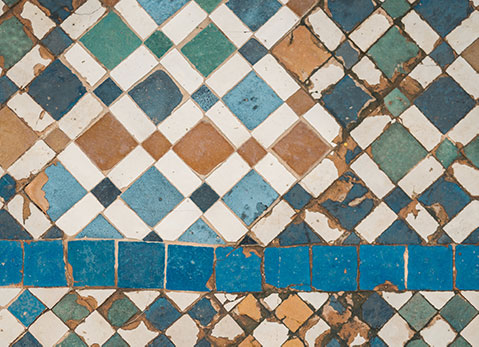
Conclusion:
Advantages of WPC Cladding:
1. Durability: WPC cladding is highly resistant to decay, moisture, and pests, ensuring a long-lasting product with minimal degradation over time.
2. Low Maintenance: It does not require painting, sealing, or staining and is easy to clean, saving time and money on upkeep.
3. Aesthetic Appeal: WPC wall panels offer a wide range of finishes and colors, mimicking various textures including wood, providing aesthetic flexibility for design preferences.
MATECO WPC Cladding Application: https://matecowpc.com/solution-list/Exterior-Wall-Cladding.html
4. Eco-Friendly: Often made from recycled materials, WPC cladding is an environmentally conscious choice that reduces waste.
5. Installation: Easier and faster to install than traditional materials due to its lightweight nature and interlocking features.
6. Insulation: Provides better thermal and sound insulation compared to many traditional materials.
7. Cost-Effectiveness: Although the initial cost might be higher, the long-term savings due to durability and low maintenance can make WPC Panels a more economical choice.
8. Water Resistance: WPC panels are highly water-resistant, making it suitable for outdoor use and in areas with high moisture levels.
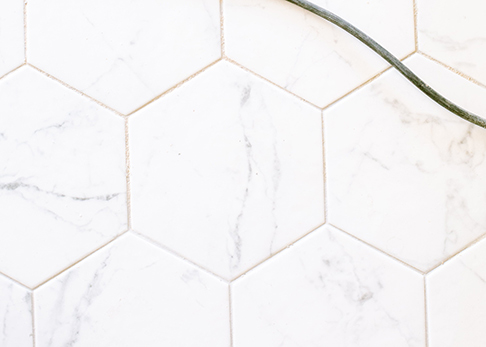
Disadvantages of Tiles:
1. Installation Complexity: Tiling requires a significant amount of prep work, skill, and time to install properly, often necessitating professional help.
2. Maintenance: Grout lines can become a breeding ground for mold and mildew, requiring regular cleaning and sometimes resealing.
3. Comfort: Tiles can be hard and cold underfoot, which might be uncomfortable in living spaces and require additional heating in colder climates.
4. Durability Issues: While tiles are generally durable, they can crack or chip upon impact and can be costly to repair or replace.
Limited Insulation: Tiles do not offer much in terms of thermal or sound insulation.
5. Environmental Impact: The production of ceramic tiles is energy-intensive and the materials are not typically from recycled sources.
6. Weight: Tiles can be quite heavy, which may require a reinforced substrate, especially for higher installations.
7. Aesthetic Limitations: While tiles offer a range of designs, the aesthetic is limited by the need for grout lines, which can disrupt the visual flow of a space.
If you are looking for a WPC manufacturer, MATECO WPC will be your best choice.
Website: https://www.matecowpc.com
WhatsApp: +86-13380085620
Email: info@matecowpc.com
